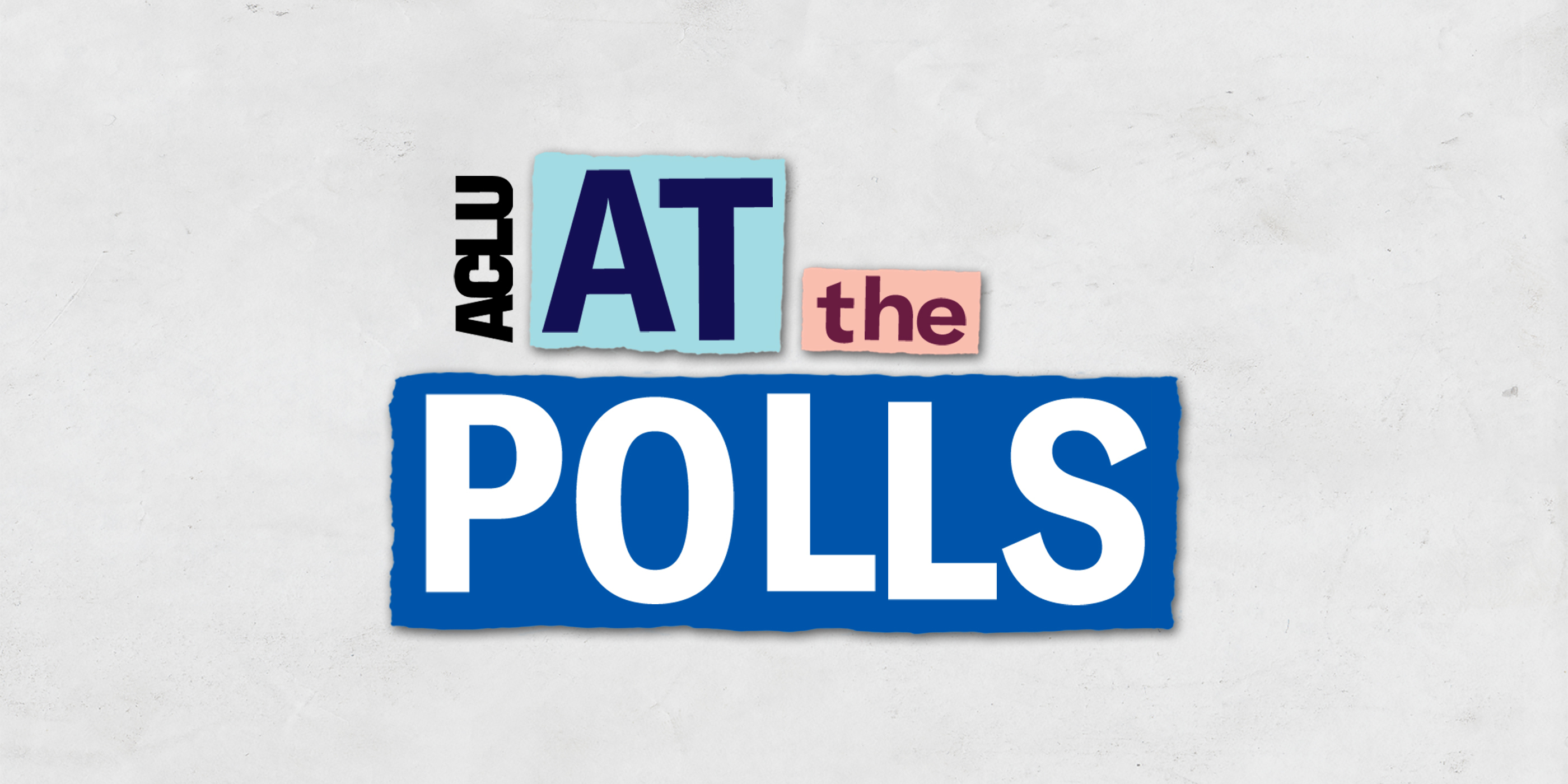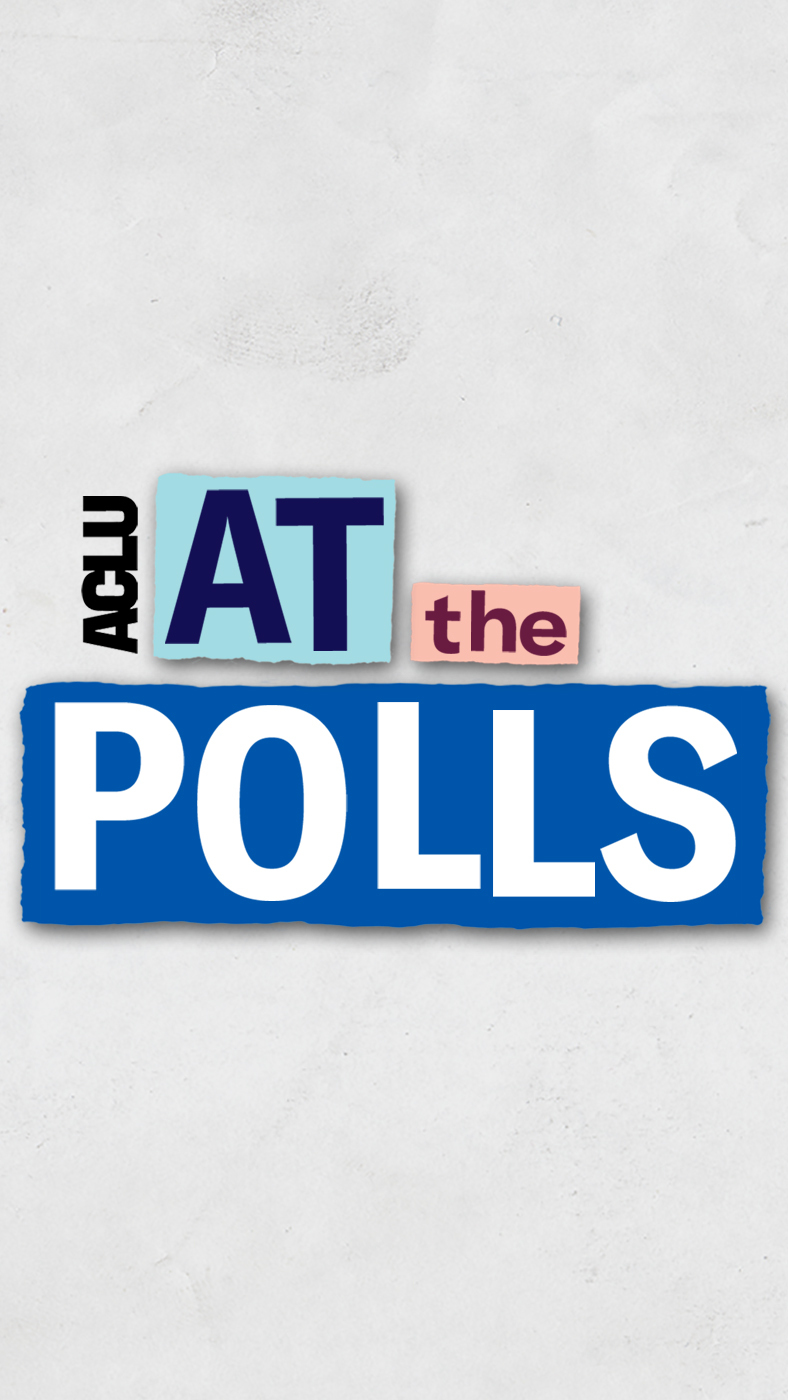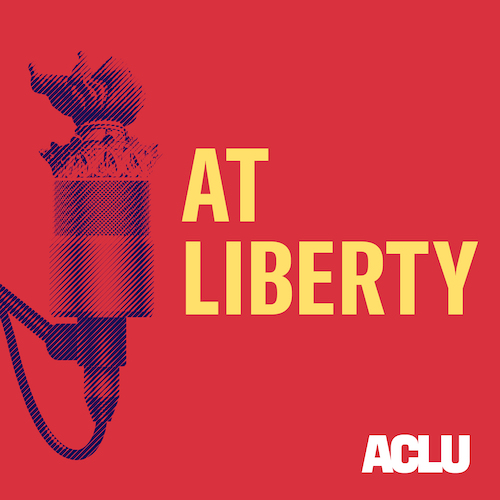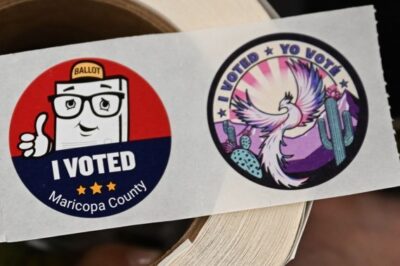At the Polls, Episode 5: Why is Voting so Inaccessible to People with Disabilities?


Voters with disabilities make up the largest minority voting bloc in the country, but too often, voting is inaccessible. It’s a bigger problem than it may seem: One in four American adults has a disability and 45 percent have a chronic illness, including health conditions that impact their ability to vote safely during a global pandemic.
In this week’s episode of At the Polls, we discuss accessible voting with Susan Mizner, director of the ACLU's Disability Rights Project, and Curtis Chong, a longtime technologist and advocate for digital accessibility for all.
While in-person polling places are required to be fully accessible, we still see violations such as lack of ramps or elevators, voting machines not properly set up, and facilities without adequate signage indicating accessible routes or parking. Inaccessibility means that sometimes voters with disabilities need assistance to vote, sacrificing their right to cast a private, independent ballot, or can’t vote at all. Reminder: Voters with disabilities are legally guaranteed equal access to the ballot.
One way to improve accessibility is to expand access to vote by mail, as many states have done this year in response to the pandemic. But that is not enough to ensure that all voters with disabilities can access the vote. Congress needs to enact more measures, such as those in the Accessible Voting Act, to make sure the right to vote applies to everyone, including people with disabilities.
Watch the video below and listen to this week’s episode of At the Polls to answer your questions about accessible voting.




